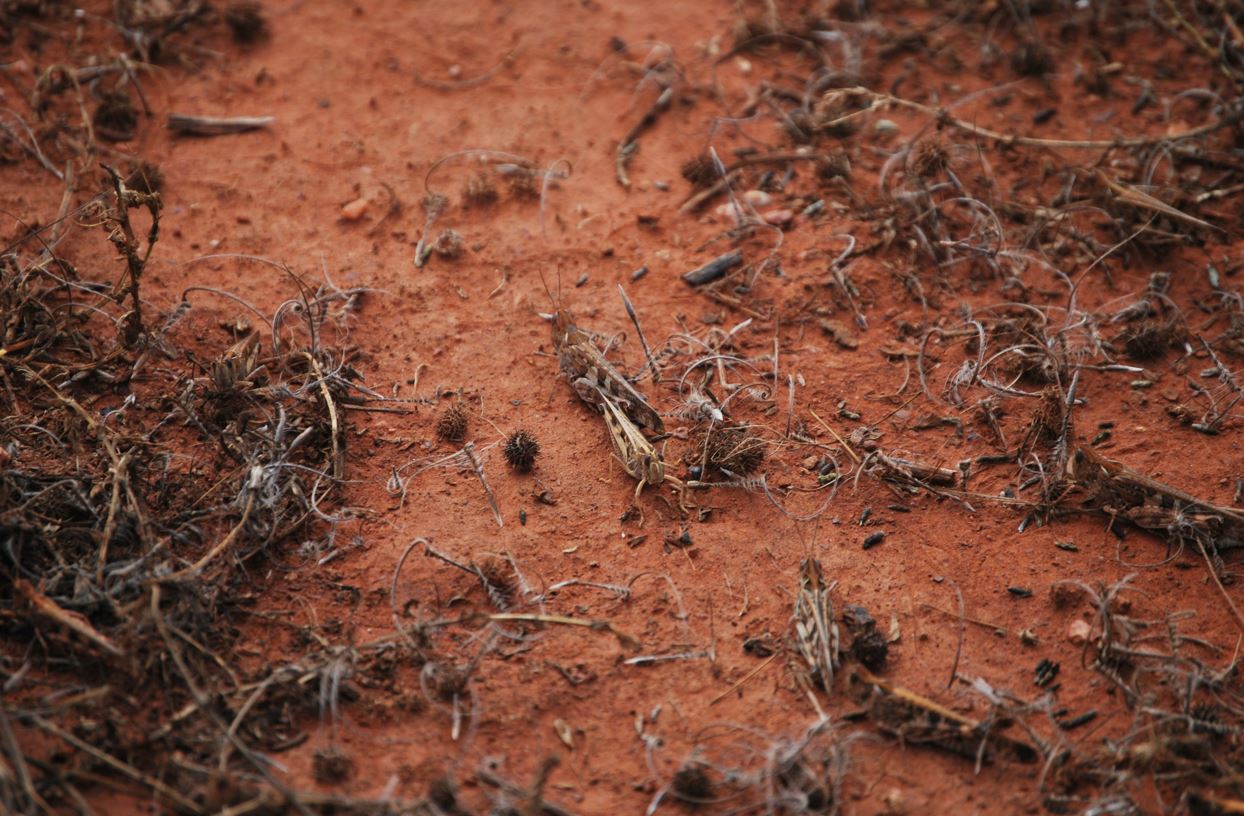With bumper crops on the horizon for much of the state, Minister for Agriculture Adam Marshall has today urged landholders to be on the lookout for locust activity this spring and report any sightings immediately.
"Landholders are our eyes on the ground across NSW and by reporting locust activity early, it helps build a picture of the state-wide situation," Mr Marshall said.
"Locust outbreaks can potentially affect very large areas of crops and pasture, and if not controlled, can cause significant economic loss to farmers.
"Local Land Services (LLS) biosecurity staff are trained in locust identification and control options, so if you think you've found signs of activity, reach out immediately."
Adult plague locusts usually lay eggs in harder loamy red soils, especially on compact roads next to crops, tree lines and farm buildings, especially those built on higher ground such as ridges.
NSW Plague Locust Commissioner Scott Charlton said while fewer reports of locusts had been received than in previous years, landholders west of the ranges should still be vigilant and expect sporadic outbreaks.
"Despite warmer weather and high rainfall forecast across much of the state this spring, we have received very few reports to date of locust activity," Mr Charlton said.
"We are still encouraging landowners in the upper Western and far Northwest to monitor for any activity, as this will help control teams with their response efforts and limit further spread of locusts.
"Locust hatching is still expected in the northwest of the state throughout September as temperatures increase, while outbreaks throughout the lower western Riverina may not occur until October.
"On-ground treatment by landholders once locusts begin to 'band' is by far the best and most effective treatment option and will help limit new swarms."







